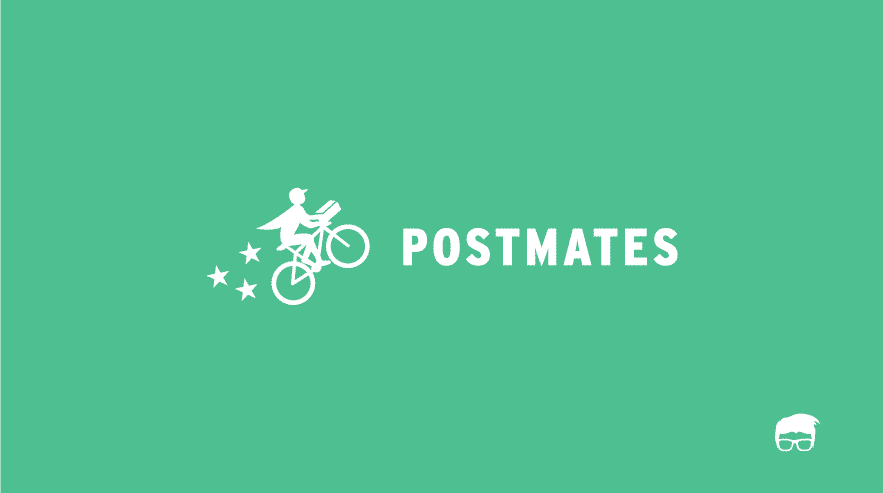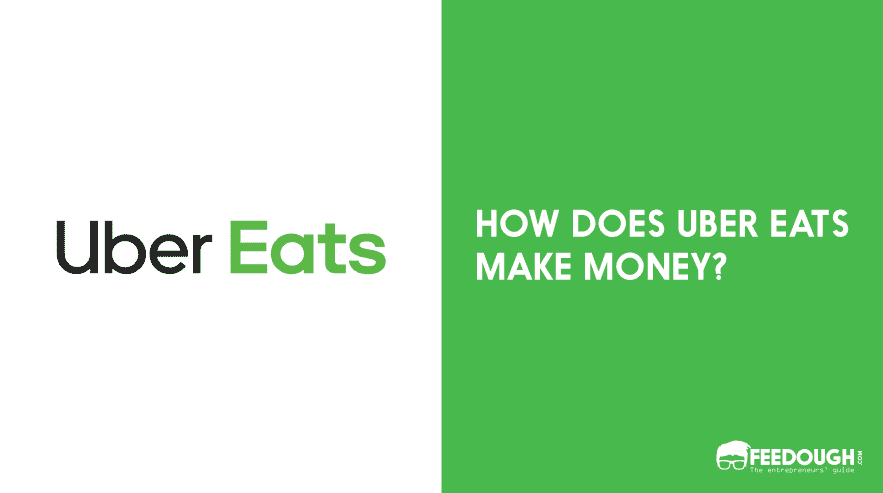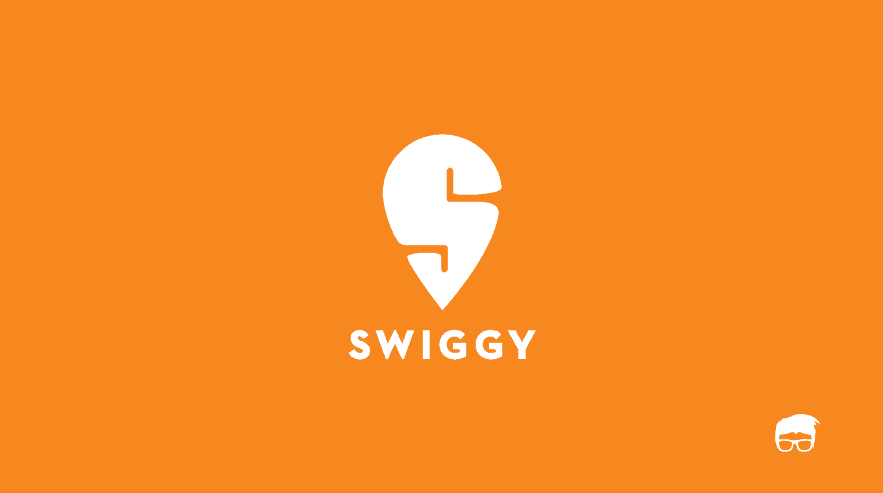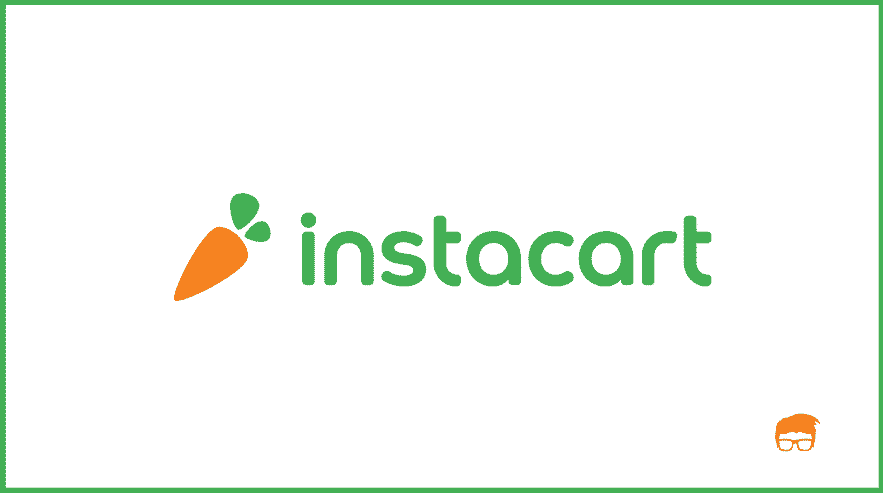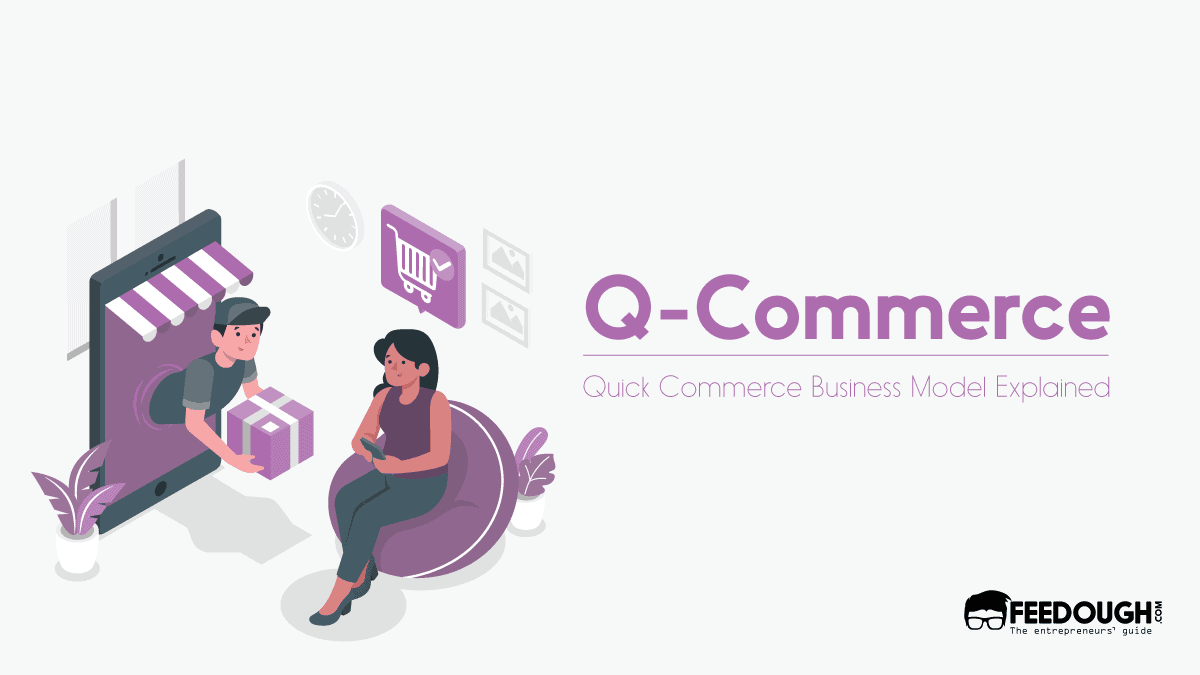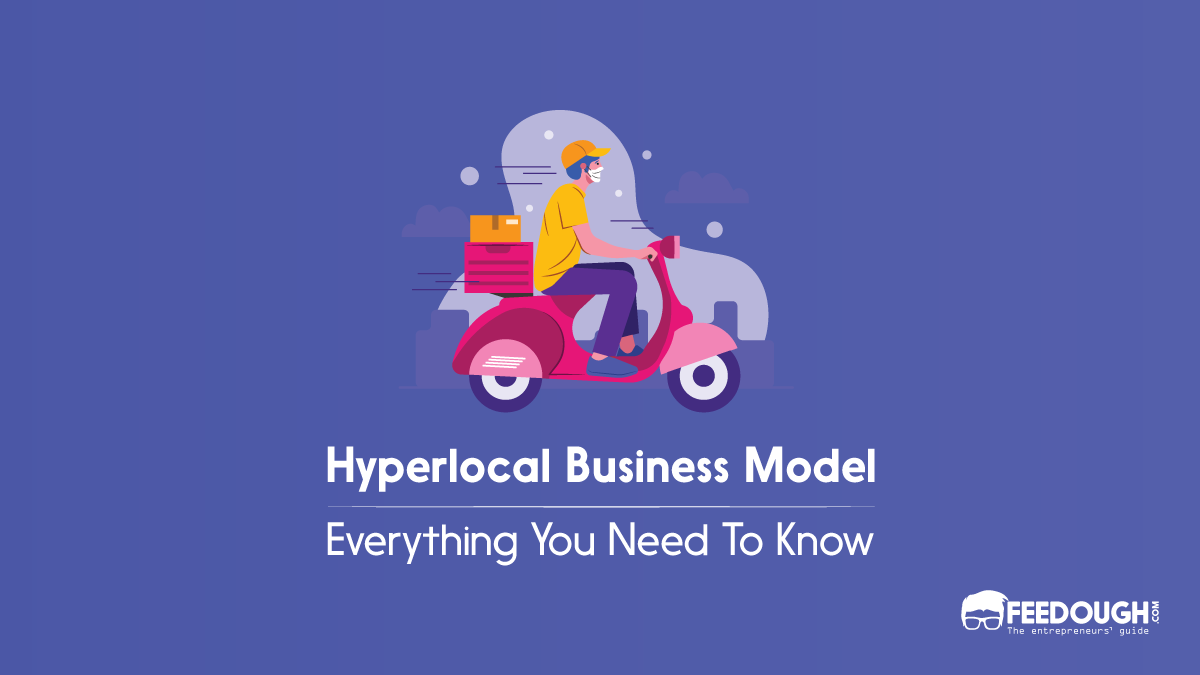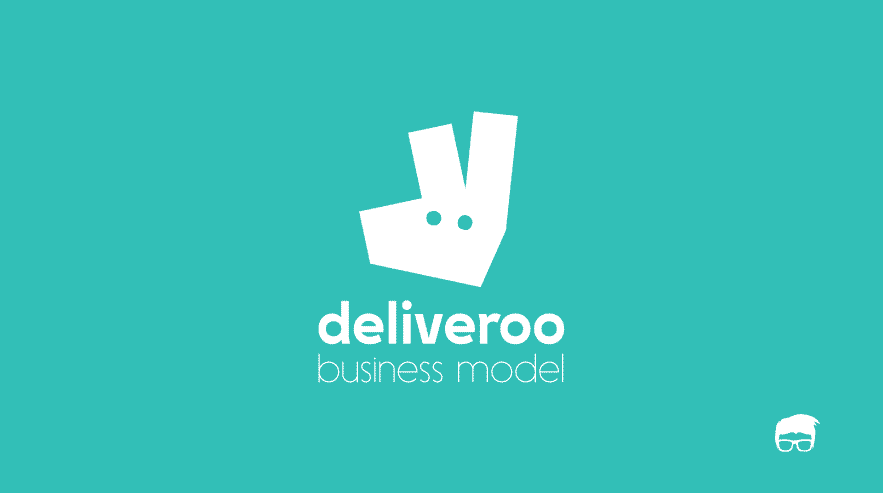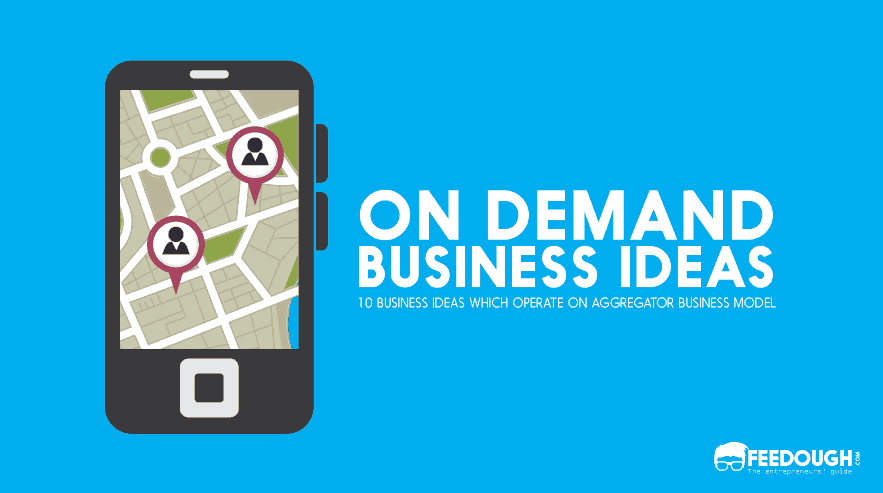A startup that operates a network of human couriers which lets you order nearly anything in your city and have it delivered in an hour for a small fee.
Yes, such an idea already exists and is skyrocketing to success.
Postmates is an on-demand startup which offers two options to the customers:
Delivery: Order anything in your city and get it delivered to you in an hour for a fee.
Pickup: The restaurants on demand service which lets you order on Postmates application before you reach the restaurant.
This remote control for your city has thrived since its foundation in 2011. It currently operates in over 385 cities with over 250,000 partners and 200,000 delivery fleet and delivers an average of 2 million products a month.
Postmates Business Model
Just like other on-demand startups like Uber, Oyo, Instacart, etc. Postmates has more than one customer segment and works on a partnership model rather than the employee model.
Let’s discuss Postmates’ 3-tiered customer segment in order to get a better understanding of how Postmate works.
Customers: These are the end consumers who use the Postmates platform to order products and pay extra money to get it delivered to their doorstep.
Merchants: The local merchants are the restaurants, grocery stores, and other stores which partner with postmates to get more exposure and deliver their products to customers at a comparatively less cost as compared to hiring own staff to deliver. Postmates charges a commission between 15 and 30% depending upon the type of contract between them and the partner.
Postmate: Postmate is the name given to the delivery personnel who partner with Postmates to deliver the products. These partners work at the schedule of their own choice and are paid 80% of the delivery fee for every order they deliver, the rest 20% is kept by the company.
How Does Postmates Work?
Postmates operates a fleet of human couriers who deliver anything at your doorstep. Even though the company operates on a partnership model just like other on-demand startups, what separates Postmates business model from the competitors is the ability to order even from non-partner stores.
The Delivery Model Of Postmates
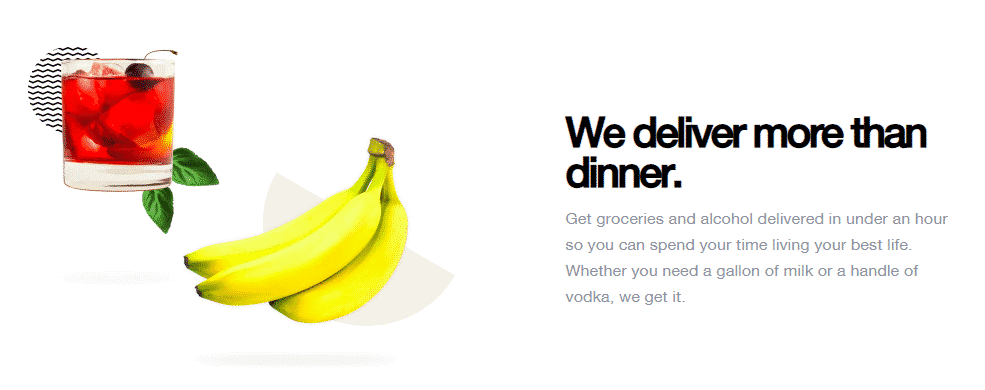
The delivery model of Postmates can be explained using this 5-step model:
Browse
Postmates tries to list almost every store on its platform (the partner stores are given priority though). The customers can browse the stores and order from wherever they want using the Postmates application or the website.
Pay
The order is only said to be received once the customer has paid for it. The customer pays a cumulative price which constitutes the price of the product, the delivery fee and the service fee to place the order.
Match
Postmates algorithm is developed in a way that as soon as the payment is received, the postmate stationed nearest to the specified store gets a notification about the products to be bought and the delivery address. He shops for the order and delivers it within one hour. All postmates use car or bike to deliver the order.
Track
Postmates platform also lets the customers get a real-time notification about their order. They get a notification whenever the postmate gets to the store and buys their order. They can also track his exact location which leads to even better customer experience.
The postmate can text the user in case of delays too.
Deliver – Rate – Tip
The delivery is usually done within an hour. Once the order is received, the customer gets an option to rate and tip the postmate. The company doesn’t take any share from the tip given to the postmate.
The Pickup Model Of Postmates
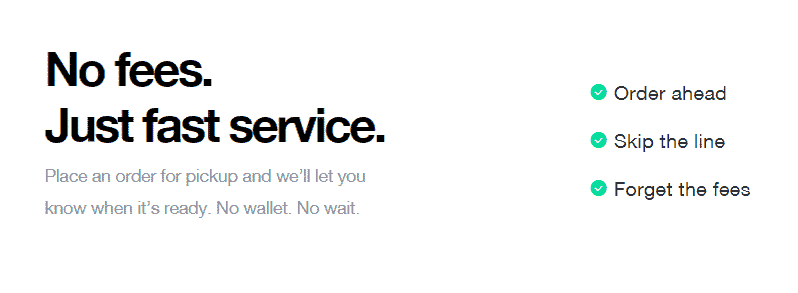
The pickup feature was recently released by the company to tackle the competition. The idea behind pickup is around expanding the retail experience of the partner merchants.
This feature lets the customers order ahead and get the food/product ready even before entering the restaurant/store. Its functioning can be explained using this 3-step model
Order
The customers use the Postmates platform to order the food and other items which they want to be ready when the reach the store. Pickup orders don’t carry any extra fee.
Track
They get real-time updates about when the order is getting prepared or is ready.
Reach
They reach the store only when their order is ready. Ordering through Postmates benefits them as they get to skip the line and minimise the wait time.
How Does Postmates Make Money?
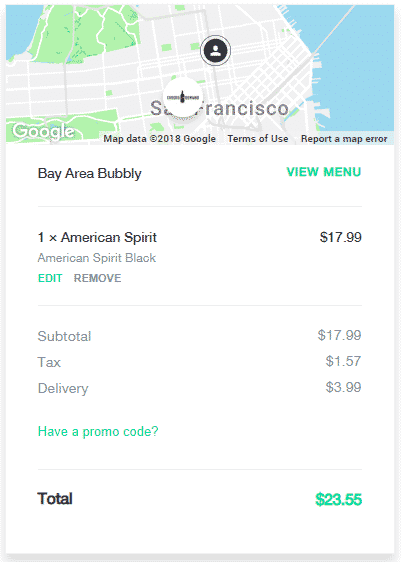
Now that you have a clear understanding of how Postmates works, it’s time to move on to discuss the well-drafted revenue model of Postmates.
Sources of Revenue For Postmates
Fees
Postmates doesn’t mark up the goods it sells through its platform. Hence, the fees play a major role in the revenue model of Postmates. The company levies some fees on every order you place. These fees include:
Delivery Fee
What separates Postmates from other on-demand startups is that it allows you to order even from non-partner merchants.
Postmates charges a delivery fee of $3.99 if you order from a partner merchant (one with a green check mark next to the name) and $5.99–$9.99 for all other merchants. This delivery fee is shared in the ratio 4:1 with the delivery person and the company where the company only takes 20% of what is received.
Service Fee
Service fee is the variable percentage based fee (usually between 9% – 19.99%) charged on every order. It isn’t shared with anyone and is directed fully to the smooth operations of the company.
Small Cart Fee
If your order is less than $12, postmates charges you a small cart fee of $1.99. According to the company, this fee is charged to make sure that you can always get what you want.
Blitz pricing (Surge Pricing)
Just like other on-demand startups, Postmates uses a dynamic pricing algorithm which allows it to increase pricing by a multiple when demand for deliveries exceeds the supply of couriers online. This feature creates a strong financial incentive for postmates to make themselves available when you need them the most.
Postmates Unlimited
The company has also incorporated a subscription-based business structure in its own business model. Postmates unlimited is a subscription service which offers the following benefits:
- $0 delivery fee on all orders over $20
- No blitz pricing
- No minimum basket fee
- No service fee when you order from one of the partner merchants.
This strategy not only benefits the subscribers, but the company also earns a loyal set of customers who end up ordering from Postmates because of their subscription.
You can subscribe to Postmates Unlimited at a cost of $9.99 per month or 95.88 per year.
Commissions
Partnering with Postmates opens the doors to a whole new digital on-demand world for the restaurants and other stores. They get more orders, get to escape credit card processing fee (all orders are processed by Postmates) and get to concentrate on their core activities as the delivery is outsourced to Postmates.
Postmates have different contracts with different merchant partners. But one thing that remains common is that the company charges a percentage for every order that comes from its platform.
Postmates usually charges a commission between 15 and 30% on the pre-tax amount of the total product sold. The commission, however, varies for every partner depending on the contract they signed with the company.

The commission isn’t charged from any of the non-partner merchants (which is compensated by a high service fee paid by the customers).
Partnerships
Postmates has released its API which lets businesses integrate a top-class local delivery platform into their app. This API also lets the partner utilize Postmates’ fleet of couriers to deliver their products within Postmates’ geographic zones.
Many renowned companies like Starbucks, Walmart, Instacart have come in close partnerships with Postmates to deliver their goods using Postmates Fleet of couriers using this API.
These partnerships bring in extra revenue to the company and let them use their fleet to the fullest.
Sources Of Expenses
The major sources of expenses of Postmates are:
Technological Set up & Running Costs
The platform depends totally on its application and website. The technological set-up running costs are costs incurred to maintain and manage the application and website.
Salaries To Permanent Employees
These include salaries paid to the employees working in the back-end.
Payments To The Delivery Fleet
Postmates get 80% of the delivery fee of every order they deliver successfully. The company keeps only 20%.
Marketing & Branding Costs
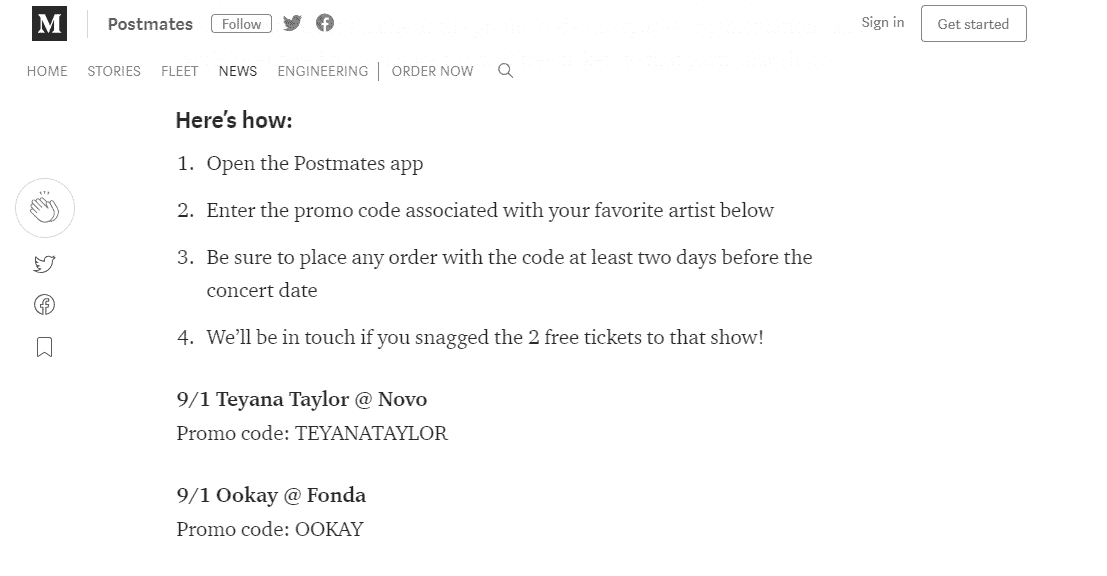
These involve costs incurred in marketing the platform to the customers and merchants as well as the cost of perks provided to every individual Postmate.
General & Administrative Expenses
These are the expenses related to the day-to-day operations of a business. It’s a blanket term for expenses that occur even in the absence of any sales. For example, office equipment, supplies, subscriptions, etc.
Future of Postmates
Postmates have constantly received a tough competition from Uber, GrubHub, Amazon and even small on-demand startups. But the well-defined business model and business plan have made it pave its way to the most influential on-demand delivery startup anyone has seen.
The launch of API has paved a new way for the success of Postmates and according to the sources, the company has even discussed a merger with Doordash to fend off Uber, GrubHub, and Amazon. The other important partnerships with Instacart and Wallmart has also played in the favour of Postmates becoming the number one in its own niche.
Go On, Tell Us What You Think!
Come on! Tell us what you think of our article on How Does Postmates Work & Make Money? in the comments section.
A startup consultant, digital marketer, traveller, and philomath. Aashish has worked with over 20 startups and successfully helped them ideate, raise money, and succeed. When not working, he can be found hiking, camping, and stargazing.
